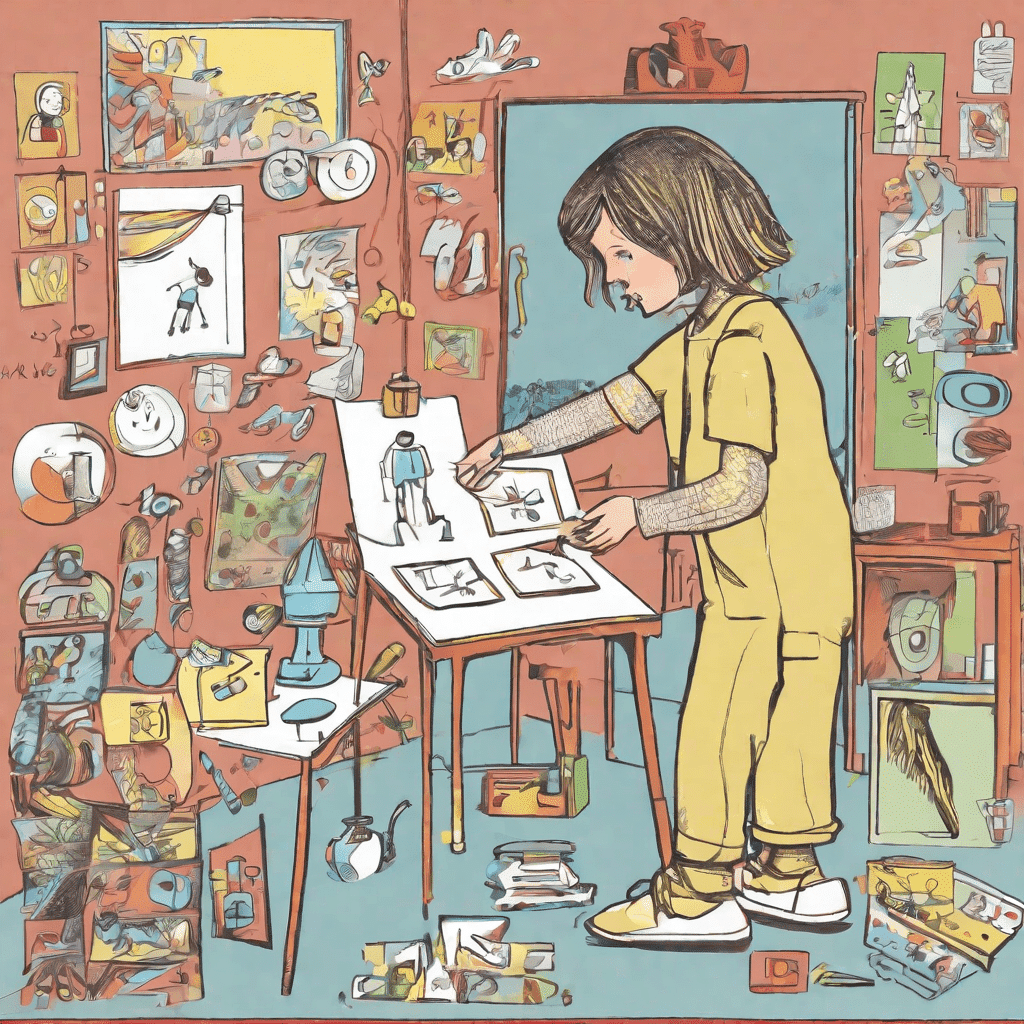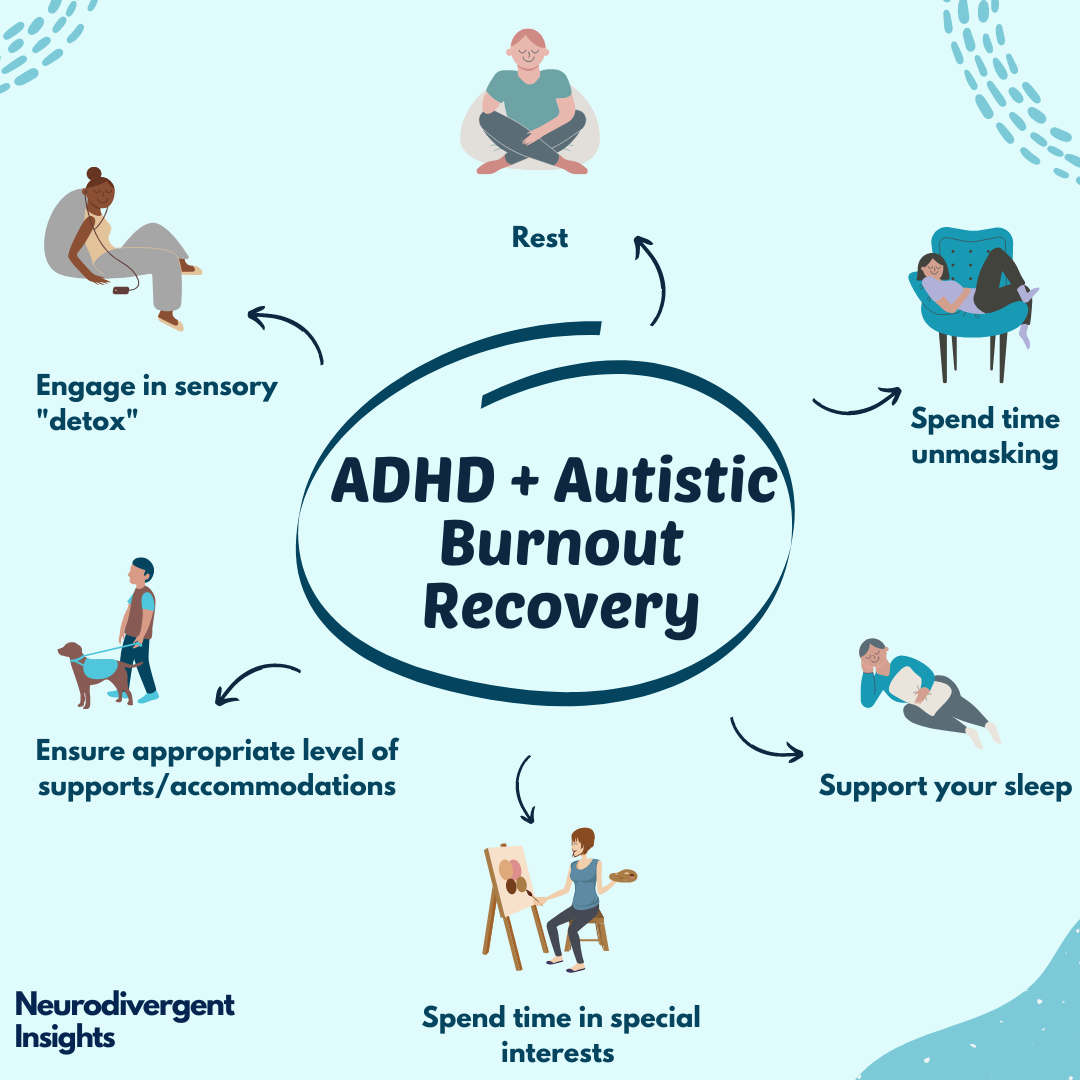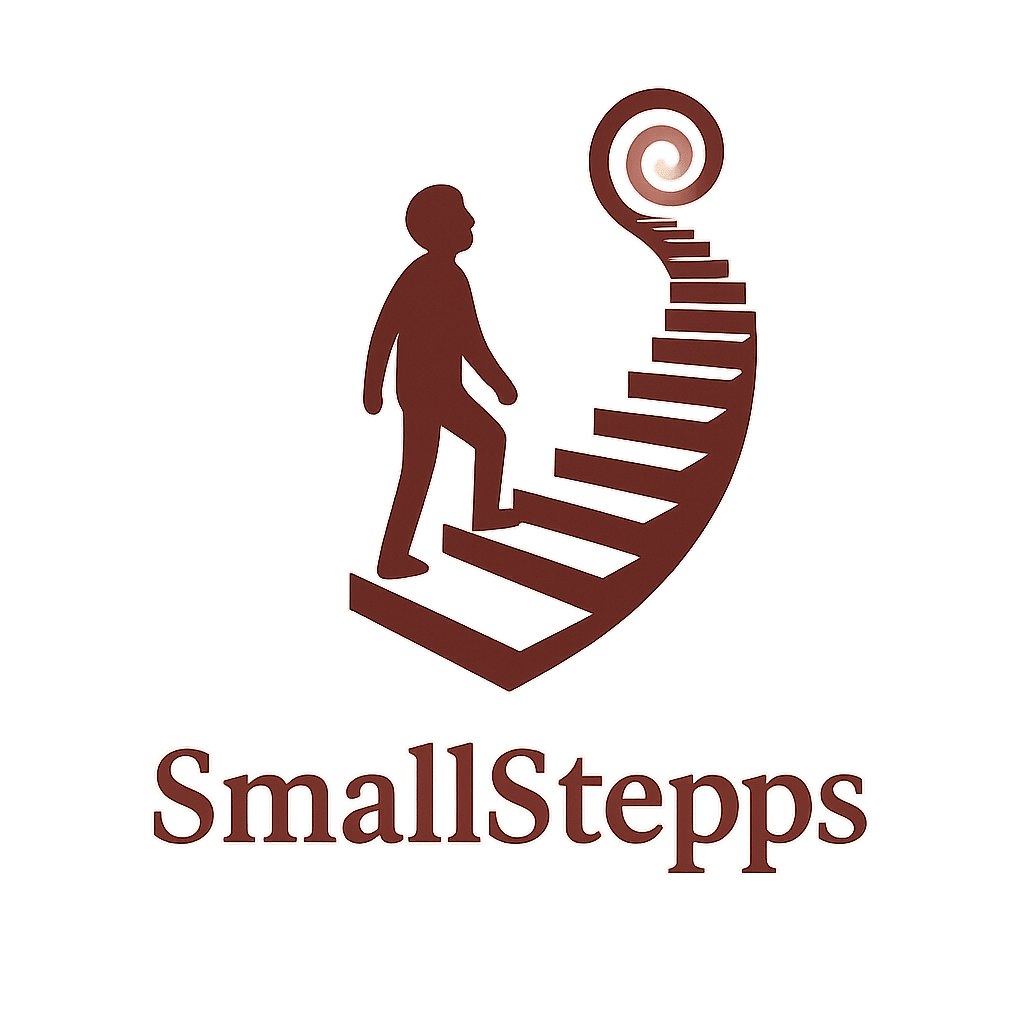Living with AuDHD
What Is AuDHD? And Why Are So Many People Just Now Talking About It?
AuDHD stands for co-occurring Autism Spectrum Disorder (ASD) and Attention Deficit Hyperactivity Disorder (ADHD). It’s not a new phenomenon, but it’s finally getting the attention it deserves. For decades, many people—especially women and marginalized folks—have been misdiagnosed or undiagnosed because their symptoms didn’t fit the narrow boxes clinicians were trained to look for.
But here’s the truth: autism and ADHD often co-exist, and the blend creates a very specific experience that deserves its own name and understanding. Studies suggest that between 30% to 80% of people with autism also meet the criteria for ADHD, and vice versa (Leitner, 2014; Antshel & Russo, 2019). That’s not a small overlap. That’s a real population of people living in the space between two neurotypes, often misunderstood by professionals, families, and even themselves.
What It Feels Like to Live with AuDHD
Living with AuDHD isn’t just “being quirky” or “a little distractible.” It’s walking through the world with sensory overwhelm, executive dysfunction, and a constant internal tug-of-war between needing structure and rebelling against it. You may be deeply focused one minute (hyperfocus), only to spiral into paralysis the next. Social cues might be confusing. Emotions can feel like tidal waves. And yet, you still might be called “high-functioning” because you’ve mastered masking to survive.
That’s the thing: many adults with AuDHD didn’t get diagnosed as kids because they were “doing fine” on paper. But inside, they were exhausted. Burned out. Misunderstood.
Autism + ADHD: Not Just a Coincidence
Autism and ADHD share more than we used to think. They both affect the brain’s executive functioning, things like working memory, time management, emotional regulation, and flexibility. But they do so in different ways.
-
Autism often brings sensory sensitivities, a deep need for routine, special interests, and social communication differences.
-
ADHD is marked by impulsivity, inattention, restlessness, and low tolerance for boredom.
Together? That might look like being overstimulated yet under-focused. Or being hyperfixated on a task but forgetting to eat. Or craving routine, but unable to stick to one. The contradictions can be overwhelming.
Research is beginning to reflect this. A 2020 study published in Frontiers in Human Neuroscience found shared structural brain differences in both ASD and ADHD, particularly in the prefrontal cortex, our brain’s “management office” (Rommel et al., 2020).
Why Diagnosis Matters (Especially in Adults)
Many people don’t realize they have AuDHD until adulthood. Maybe their child gets diagnosed and they start connecting the dots in themselves. Or maybe they hit burnout so badly they’re forced to reevaluate everything.
Late diagnosis can come with grief, but also with deep relief. It can explain why certain environments always felt harder than they “should.” It can validate lifelong coping mechanisms. It can open doors to support.
But because AuDHD doesn’t always show up “textbook,” especially in women and people of color, misdiagnosis is common. Some are told they have anxiety, depression, bipolar disorder, or personality disorders, when really, those were symptoms of unmanaged neurodivergence (Russell et al., 2016).
How to Support Someone with AuDHD (or Yourself)
1. Custom Strategies, Not Cookie-Cutter Solutions
What works for one person might overwhelm another. This is not a “just try harder” situation. Support should be tailored, whether that’s through therapy (CBT, DBT, or neurodivergent-affirming coaching), sensory tools, medications, or environmental changes.
2. Medication Can Help, But It’s Not a Cure
Stimulants like methylphenidate (Ritalin) or amphetamines (Adderall) are commonly prescribed for ADHD symptoms. Some people with AuDHD find them helpful; others experience increased anxiety or sensory issues. Non-stimulants like atomoxetine (Strattera) or guanfacine are sometimes better tolerated (Cortese et al., 2018).
The key: trial and error with a trusted professional who sees the full picture, not just one diagnosis.
3. Routine is Powerful, Until It’s Not
People with AuDHD often crave routine but struggle to maintain it. Rigid schedules can feel oppressive, but too much chaos creates overwhelm. The solution lies in flexible structure: calendars with breathing room, visual reminders, body-doubling, and lots of self-compassion when things don’t go “as planned.”
4. Community is a Game Changer
You are not the only one. Online spaces like r/AuDHD, TikTok creators, and local support groups can be validating. Hearing someone describe your exact inner experience, when you thought you were alone, can be life-changing.
What Schools and Workplaces Need to Understand
Institutions are not built for neurodivergent people, but they should be. For children, an Individualized Education Program (IEP) can be a powerful tool if implemented correctly. For adults, accommodations might include flexible hours, noise-canceling headphones, or written vs. verbal instructions.
But the best “accommodation” is empathy. Listen. Believe. Adapt.
Why We Need More Research (Now)
Despite its prevalence, AuDHD is still under-researched. Most studies either focus on ADHD or autism alone, rarely both. Even less attention is given to how these conditions intersect across gender, race, and age.
We need:
-
More intersectional studies on how AuDHD presents in women, trans folks, and people of color.
-
Research on how masking affects long-term mental health.
-
Better screening tools that don’t rely on male, childhood-centered stereotypes.
In Conclusion: AuDHD is Real, Valid, and Manageable
Living with AuDHD is not a tragedy. It’s a different neurological operating system, one with its own gifts, quirks, challenges, and strengths. It deserves recognition, not ridicule. Support, not shame.
Whether you’re discovering this about yourself or someone you love, know this: your experience is valid. You’re not broken. And you’re definitely not alone.
Sources:
-
Leitner, Y. (2014). The co-occurrence of autism and attention deficit hyperactivity disorder in children – what do we know? Frontiers in Human Neuroscience, 8, 268. https://doi.org/10.3389/fnhum.2014.00268
-
Antshel, K. M., & Russo, N. (2019). Autism spectrum disorders and ADHD: Overlapping phenomenology, diagnostic issues, and treatment considerations. Current Psychiatry Reports, 21(5), 34. https://doi.org/10.1007/s11920-019-1020-5
-
Russell, G., et al. (2016). The diagnostic experiences of children with autism spectrum disorder and ADHD: A qualitative study of parent perspectives. British Journal of General Practice, 66(642), e460–e466. https://doi.org/10.3399/bjgp16X685273
-
Cortese, S., et al. (2018). Comparative efficacy and tolerability of medications for attention-deficit hyperactivity disorder in children, adolescents, and adults: A systematic review and network meta-analysis. The Lancet Psychiatry, 5(9), 727–738. https://doi.org/10.1016/S2215-0366(18)30269-4
-
Rommel, A. S., et al. (2020). Structural brain alterations in ADHD and ASD: A comparative meta-analysis. Frontiers in Human Neuroscience, 14, 121. https://doi.org/10.3389/fnhum.2020.00121




